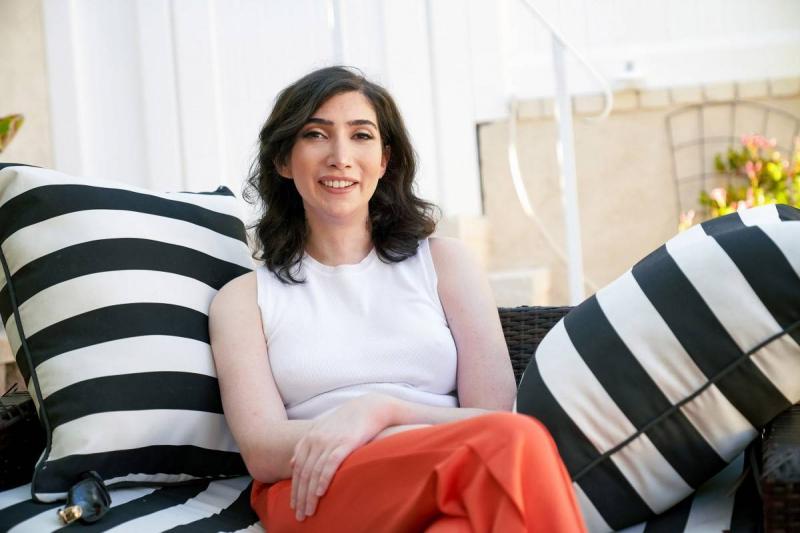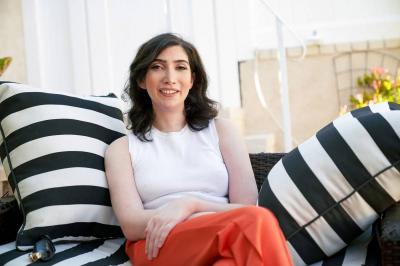Under the title "TikTok Videos and Twitter Tweets Could Make You a Smarter Investor," Bloomberg Asharq reported that when considering places where internet culture merges with finance, one might imagine sections of Reddit, where the "meme stock" community gathers to send AMC Entertainment Holdings shares to the moon, or when YouTube personalities stream extensively about cryptocurrencies and get-rich-quick schemes. But there is also a loose circle of tweeters on Twitter - informally known among its subscribers as "FinTwit" - who share genuine insights, alongside plenty of jokes and hidden memes, as well as links to Substack newsletters and TikTok videos.
FinTwit is not new, but it has become a must-read for anyone wanting to understand a market increasingly influenced by social media. (This is one reason why many journalists, including the author of this article, spend so much time there.) Many tweeters work in finance, and it has proven to be a space where younger opinion holders and women can find a significant following and develop their careers.
Lily Frankos, a former PhD student turned quantitative researcher at Moody’s Analytics, joined Twitter in January to share daily market forecasts derived from her NOPE model - an acronym for Net Options Price Effect - which tracks movements related to something called delta hedging. If this sounds like it might give you a headache, don’t worry; FinTwit can indeed be a niche for enthusiasts and oddballs.
However, Frankos' model gained local interest notably due to events happening on Reddit. Many flocked to the WallStreetBets page to discuss options available for stocks like GameStop, leading to a feedback loop that pushed the stock up somewhat. The NOPE model helped explain what was happening. Frankos says, "An increasing number of people started taking what I said seriously, because - as you know - it’s like a 25-year-old saying: Yes, I’ve developed a model for day trading in one of the most competitive markets in the world. Most people seemed impressed. Yes, it was great."
After what happened with GameStop, the Financial Times wrote an article about Frankos, and she was interviewed by Bloomberg Television and the Infinite Loops financial podcast. Frankos had been active earlier on Reddit and Discord, but transitioning to Twitter brought a completely new audience. She reflects on her experience on Twitter: "It was really encouraging in both good and bad ways." She adds, "You are always surrounded by this environment where not only do people have more experience than you, but if you post something, you’ll get almost instantaneous feedback on whether you are right or wrong."
As Frankos' follower count grew, she used the platform to promote her research blog. The financial world began to take notice. She joined Moody’s Analytics in July. Jim O'Shaughnessy, a veteran fund manager and host of the Infinite Loops podcast, says, "Before Twitter, I never interacted with Lily and hadn’t come across her. What I love about Twitter is that yes, there’s a lot of noise - and I think you have to be very bold in how you tweet - but there are also a lot of signals. I see that these signals are becoming more and more apparent."
O'Shaughnessy, who describes himself as an "old man" at 61, recently hired Vatsal Koshy, based in Bengaluru, India, to work on the podcast after following him on Twitter nine months ago. He also found Jimmy Cathrood, partner at O'Shaughnessy Asset Management, who joined the company in March 2019, on the platform. O'Shaughnessy says, "One of the great things I think is great about Twitter is that it has become an instant resume, a resume for proof of work."
This was the experience of 23-year-old Katelyn Cook, who joined Onramp Invest, a cryptocurrency asset platform for financial advisors, after randomly meeting CEO Tyrone Ross on Twitter. During their messaging, Cook asked to be considered if Onramp wanted to hire someone. It turned out they were hiring, and Cook landed a job as head of community for the firm, and she is now vice president of operations at its academy. Cook says, "I have learned more on Twitter than anywhere else probably, more than in college. But the networking aspect is the biggest for me."
Like Reddit, FinTwit has its share of "bad posts" and "inappropriate postings," including from individuals boasting about how much money they’ve burned on reckless trades. Women and people of color often face harassment on Twitter, and FinTwit is no exception in this regard. However, the platform has some advantages. Kaylie Cox, senior investment analyst at Ally Invest, says, "It’s very easy to find what you’re looking for through hashtags, groups, and lists. Twitter also makes it easier to organize what you are looking for because many accounts are not anonymous; it encourages you not to hide your identity – you can verify yourself.”
The fact that the majority of FinTwit users publish their real names helps create a less toxic environment than other parts of the internet, for the most part. Frankos says, "I generally think there’s less harm that comes from non-anonymous accounts because you have professional risks, especially in finance, so people tend to behave better.”
But one of the most entertaining and mysterious parts of FinTwit is the quality of anonymous accounts. In addition to popular meme accounts like Ramp Capital and Dr. Parik Patel, there are several pseudonymous accounts run by investment professionals, who may be silenced by their companies' social media policies or worry about harming their jobs with a reckless or perhaps overly honest tweet.
Kayla Scanlon, 24, from Los Angeles, who has a growing profile in FinTwit, says, "You really have a lot of alpha products on the platform." (Alpha is Wall Street's term for the ability to beat the market.) She adds, "If you can connect the dots, it will seem like you are saying: Oh my God, I can’t believe this small account has such significant size and a big name in the space." She continues, "If you look at the quality of their tweets, they are usually just top-notch. The best accounts might have fewer than 2,000 followers."




